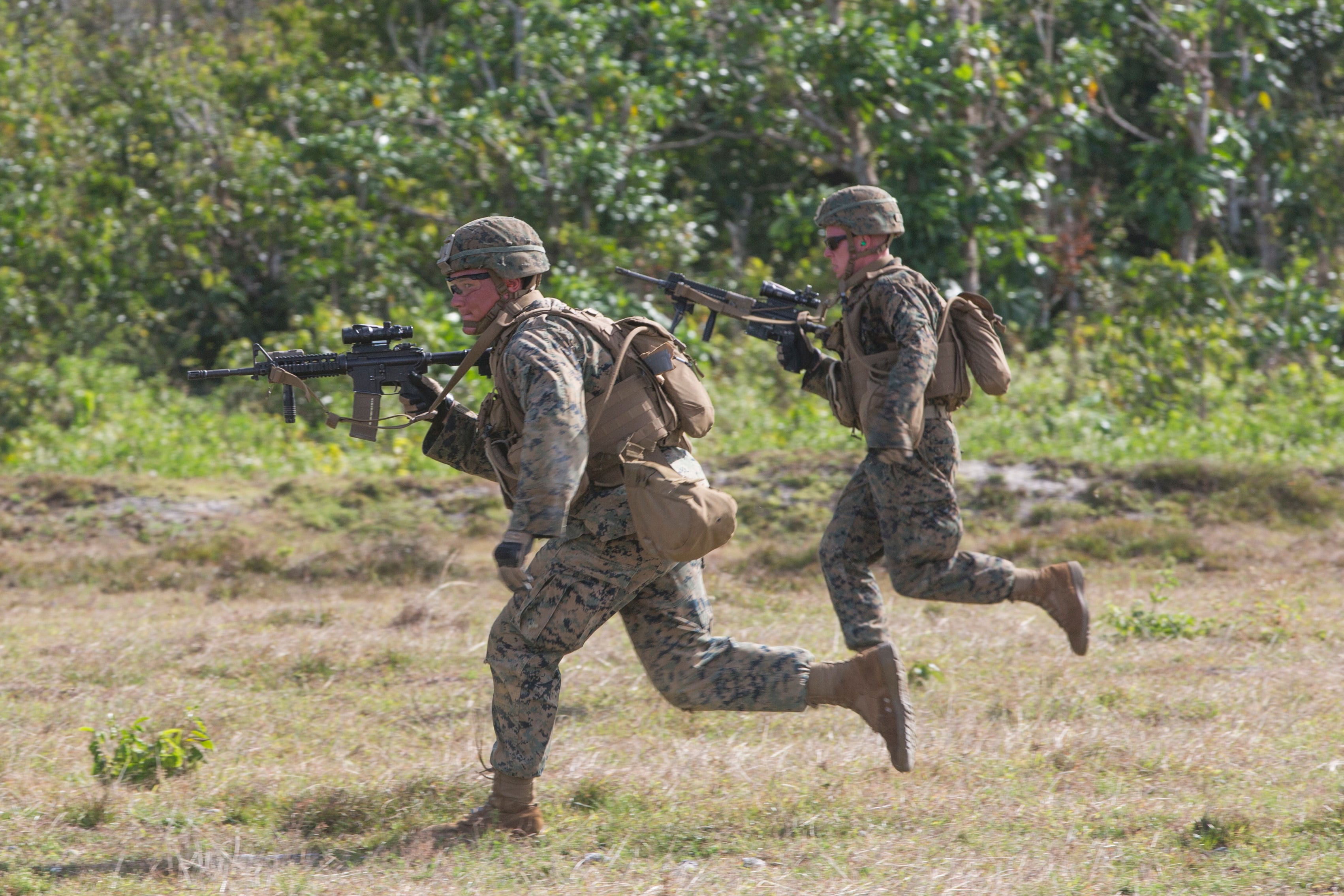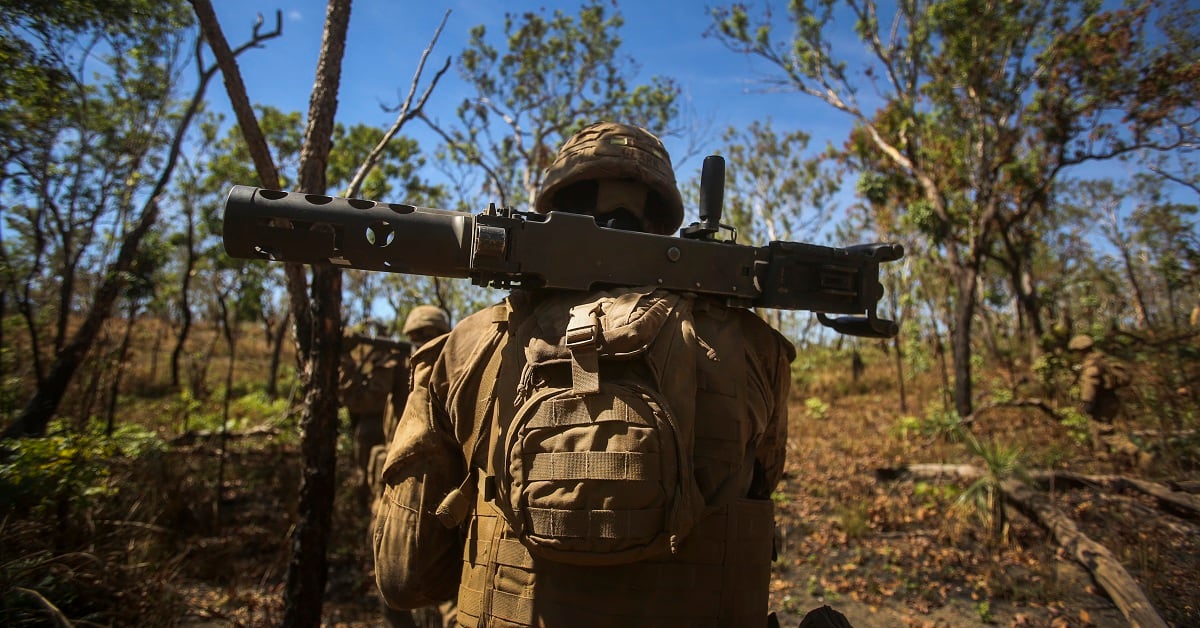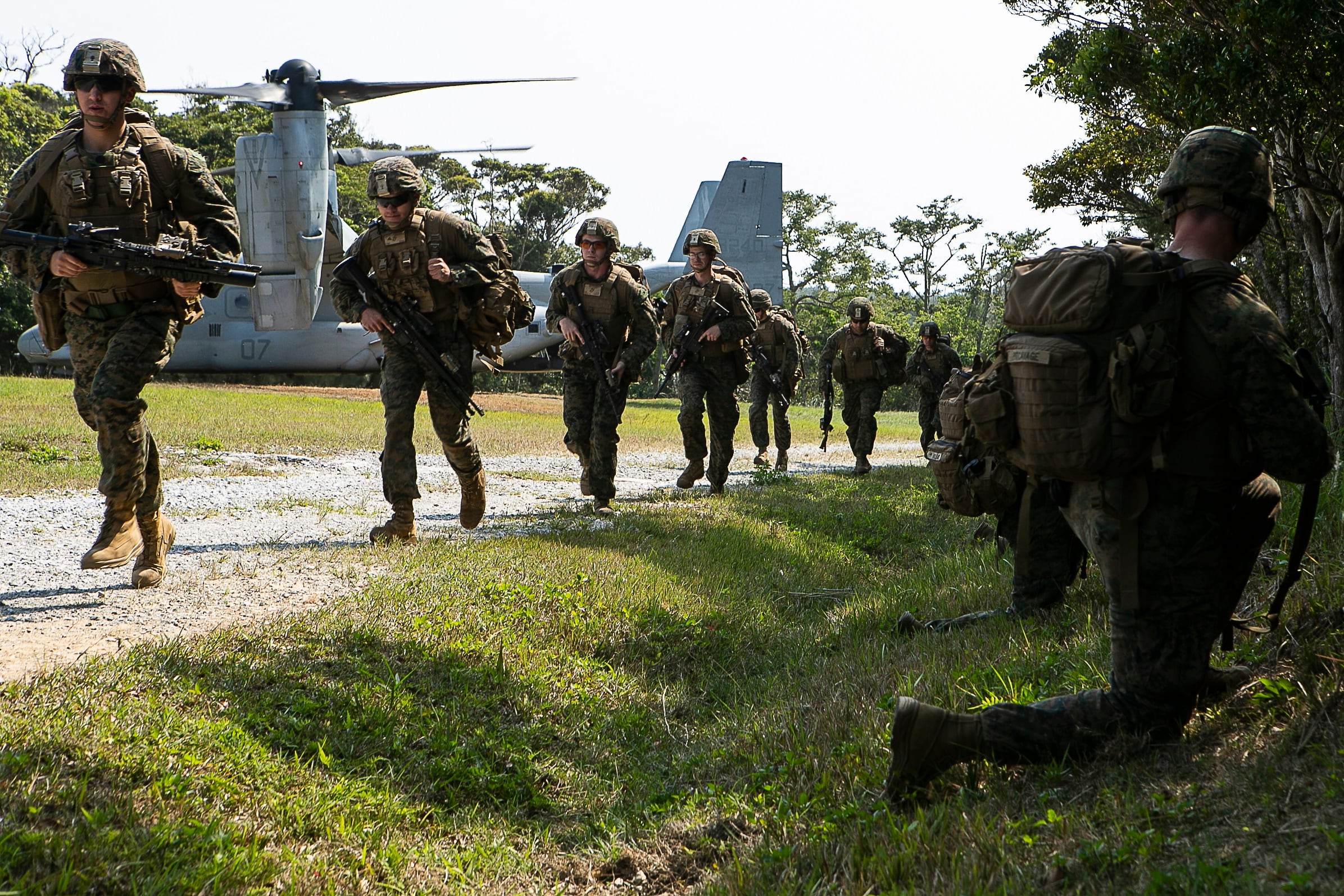Lawmakers on Capitol Hill are asking for a review of the U.S. military’s plans to distribute forces across the Indo-Pacific in places like Okinawa, Japan, Guam, Hawaii and Australia, among other locations.
Noting a “pressing need” to redistribute Marines from Okinawa in the Senate’s recent version of the annual defense legislation — lawmakers want an update on costs of the redistribution of forces in the region and an “assessment” of those forces’ ability to “respond to current and future contingencies."
According to the Senate’s version of the National Defense Authorization Act, details of “alternative locations for basing” in places such as Alaska, Hawaii, the U.S., Japan and Oceania, among others, should be included in any recommendations or revisions to the planned redistribution of American forces across the Indo-Pacific.
The new assessment of the U.S. military’s force posture in the Pacific follows a call for a review of a plan to relocate Marines to Guam made by outgoing-Commandant of the Marine Corps Gen. Robert B. Neller during a May Senate hearing.
RELATED

During that hearing, Neller expressed concerns about the availability of amphibious ships to move Marines to the fight.
Neller told lawmakers that high speed vessels could move Marines and gear around, but that option would not be adequate to move a larger force.
Marines would need strategic lift, but "you’d have to resources it and pay for it or you’d have to have ampibs come from either Japan or the U.S. mainland or you would have to contract for it,” Neller said.
In December 2018 the Corps briefed to Congress its Pacific posture and force redistribution plan known as the Defense Policy Review Initiative, or DPRI.
That DPRI brief — obtained by Marine Corps Times through a government record’s request — highlighted that “further distribution of the force exacerbates a shortfall in Navy amphibious shipping and dedicated sea surface lift capacity.”

The brief also noted that “sustainment for Guam is a significant bill which must be addressed and balanced across other DoD priorities.”
The Corps is seeking to trim its nearly 20,600 Marines stationed on Okinawa in half down to roughly 11,500.
The redistribution is part of the Corps’ effort to ameliorate tensions and return land occupied since Wolrd War II back to local Okinawans.
But the redistribution of Marines across the Indo-Pacific is also strategic.
Decentralizing Marines across the region complicates any attack by Chinese forces in the region. Moving the mass concentration of Marines off Okinawa means China can no longer concentrate ballistic missile attacks in one region.
According to the DPRI brief, the Corps wants to relocate about 1,300 Marines to Australia, 4,100 to Guam and about 2,700 Marines to Hawaii.
The Corps plans to have a total force of about 5,000 Marines on Guam by 2028. The first Marines are expected to start arriving by 2024.
The Navy and Marine Corps have already sunk considerable investments into building ranges and facilities on Guam.
According to the DPRI, nine projects have been completed, 12 construction projects are underway, another 30 projects and contracts are expected to be awarded over the next two years and an additional 50 projects are slated for future planning.
The Corps wants training ranges on Tinian, Pagan and separate islands in the Northern Marianas.
The training ranges on Pagan will provide a “premier US-controlled Pacific venue” for amphibious training, Marine Expeditionary Unit-level live fire combined arms exercises and “uniquely meets” training deficiencies identified by U.S. Pacific Command in the areas of close air support, naval gunfire and artillery direct fire, according to the DPRI.
The current Senate version of the annual defense legislation has about $226 million slated for Navy construction on Guam and the Joint Region Marianas.
The new force posture review in the Indo-Pacific region also calls for an assessment of the “adequacy of current and expected training resources at each location” and “ability to train against the full spectrum of threats from near-peer or peer threats,” the Senate version of the NDAA reads.
The review also calls for an “assessment of political support for United States force presence from host countries and local communities and populations,” the Senate version of the NDAA states.
Shawn Snow is the senior reporter for Marine Corps Times and a Marine Corps veteran.
Todd South has written about crime, courts, government and the military for multiple publications since 2004 and was named a 2014 Pulitzer finalist for a co-written project on witness intimidation. Todd is a Marine veteran of the Iraq War.




